What is the 4 color game method?
- Online Casino
- 2025-01-04
- 2
- Time:2025-01-04 21:26:34
Color Game - DeskGame,Free Slot Jackpot Party in casino Philippines News: Mastering the Four-Color Game: An In-Depth Exploration
The Four-Color Game, more commonly referred to as the Four-Color Theorem, is a captivating and enduring idea in the realm of mathematics. It has captivated the minds of mathematicians for centuries. The theorem posits that any geographical map can be colored with just four distinct hues, ensuring that no two contiguous areas are the same color. This article will explore the origins, importance, and practical applications of the Four-Color Game method.
Color Game plus DeskGames introduction.....
1. The Genesis of the Four-Color Game:
The seed of the Four-Color Game was planted in the 19th century when Francis Guthrie, a British mathematician, pondered the possibility of coloring a map with only four colors. His curiosity was sparked during a casual activity of coloring maps of the British Isles. This question soon evolved into a widely recognized mathematical challenge known as the Four-Color Map Problem.
2. The Four-Color Theorem:
The Four-Color Theorem asserts that every map, irrespective of its scale or intricacy, can be painted with just four colors, ensuring that no two neighboring regions share the same hue. This theorem was finally proven in 1976 by Kenneth Appel and Wolfgang Haken, who employed a blend of mathematical logic and computational power to establish its validity.
3. Perspectives on the Four-Color Game:
The Four-Color Game has generated varied opinions. Some mathematicians质疑Appel and Haken's proof, which was heavily reliant on computational support, suggesting that it did not provide a purely mathematical demonstration and challenging the proof's authenticity. Conversely, many mathematicians and scientists laud the proof as a monumental achievement in graph theory.
4. The Applications of the Four-Color Game:
The Four-Color Game has a broad range of applications across disciplines. It is particularly influential in cartography, where it aids in selecting the most effective color schemes for map coloring. The method is also employed in computer science, network design, and scheduling issues.
5. Related Queries and Clarifications:
Q: Can the Four-Color Game be expanded to more than four colors?
A: Indeed, the Four-Color Game can be generalized to accommodate any number of colors. The theorem states that a map can be colored with n colors if and only if it does not contain a specific configuration called a "Kuratowski graph."
Q: Is the Four-Color Game universally applicable?
A: The Four-Color Game is applicable to any map that can be divided into regions bounded by lines. However, there are exceptions, such as maps with disconnected regions or those that cannot be divided by a finite number of lines.
Q: Can the Four-Color Game be utilized to color three-dimensional objects?
A: The Four-Color Game can be extended to three dimensions, though the process becomes more intricate. The theorem's generalization to three-dimensional surfaces is known as the Four-Color Theorem for Surfaces, which asserts that any surface can be colored with four colors in such a way that no two adjacent regions share the same color.
of Color Game - DeskGame,Free Slot Jackpot Party in casino Game Free Play:
The Four-Color Game, or the Four-Color Theorem, is a remarkable achievement in mathematics that has intrigued scholars for generations. Its historical roots, profound significance, and diverse applications make it a topic of great interest. Despite the controversy surrounding its proof, the Four-Color Game continues to serve as a vital tool in various fields, from cartography to computer science. As we delve deeper into the mysteries of mathematics, the Four-Color Game is poised to continue enlightening our comprehension of the world we inhabit.
Previous page:How to get a perfect color game match?
Next page:How do we determine color game?




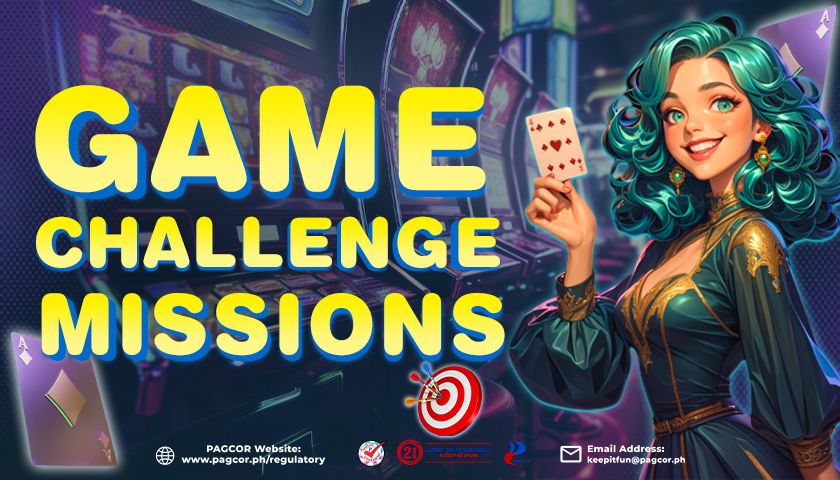

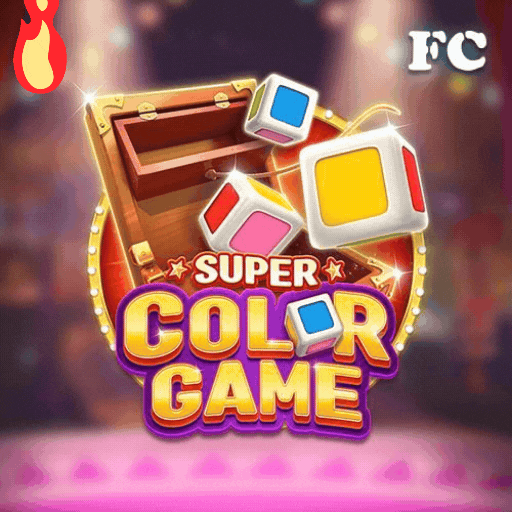

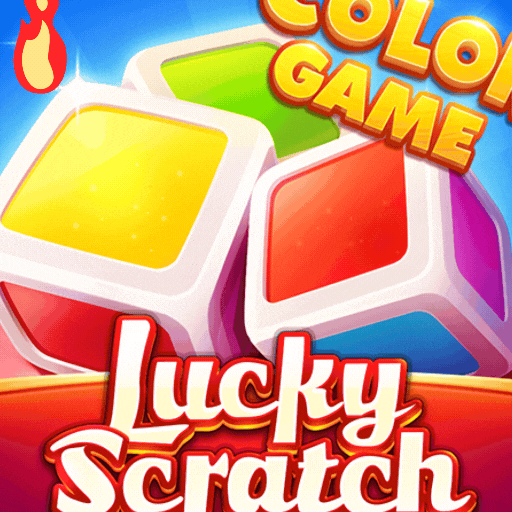
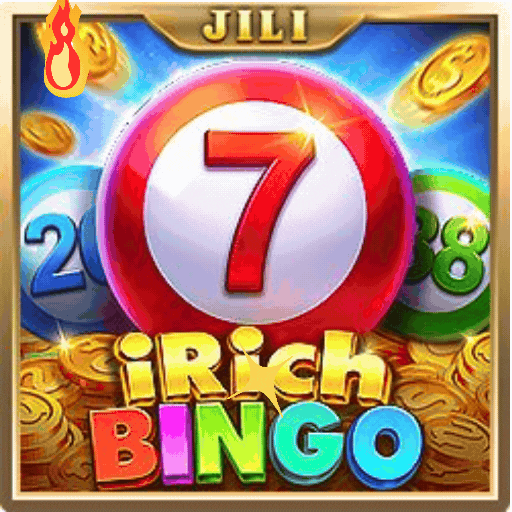


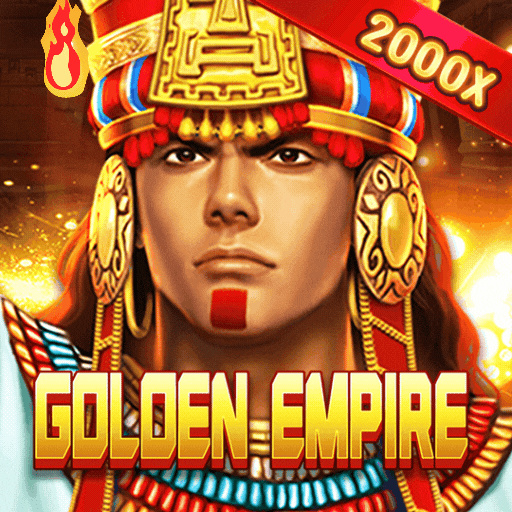
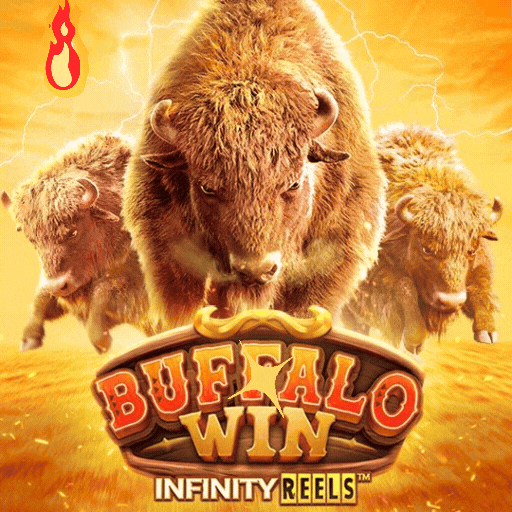
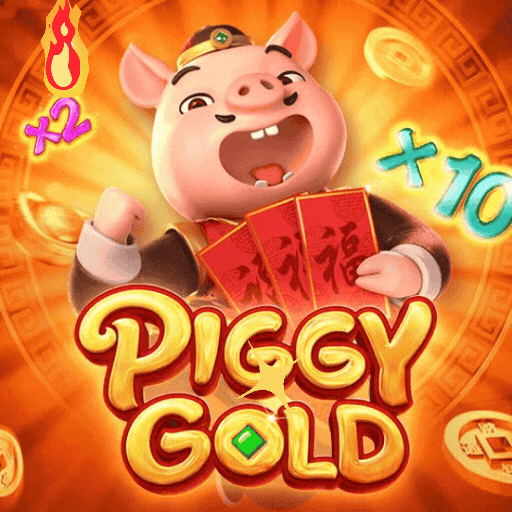
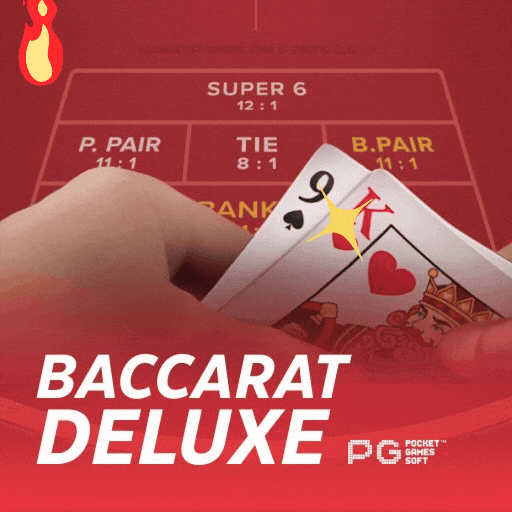
something wan comment?...